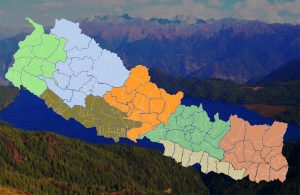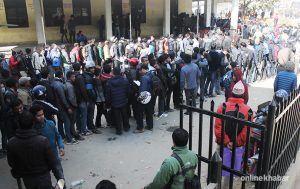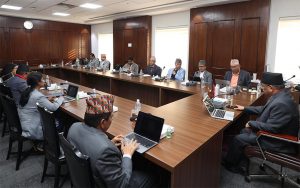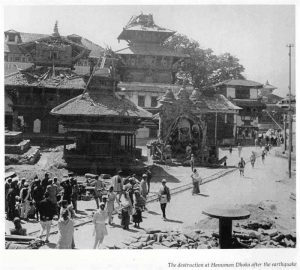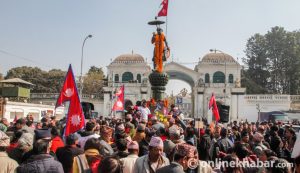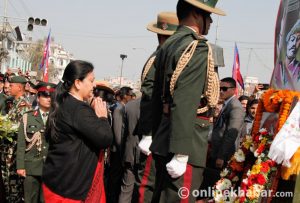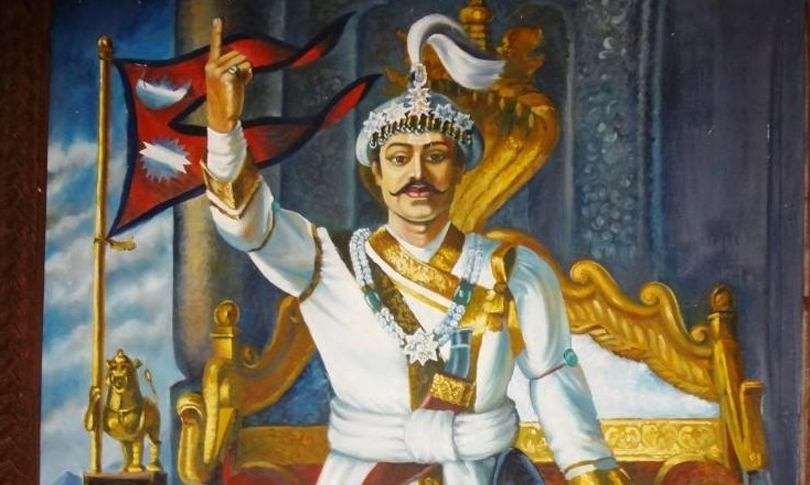
Today is January 11, the birth anniversary of King Prithvi Narayan Shah, who is credited for the unification of Nepal that secured the identity of Nepal and Nepalis. Therefore, he is also called the founder of the nation. Therefore, the day is commemorated every year as the Prithvi Jayanti or National Unity Day.
Shah, the founder of the ‘greater’ Nepal, was born in 1723 in Gorkha as the first son of King Nara Bhupal Shah and his second wife, Queen Kaushalyawati.
These basic facts are something that Nepali students are taught in school. However, there are some other interesting facts about King Prithvi Narayan Shah, which we will discuss here today.
1. A king by luck
As the eldest son of King Nara Bhupal Shah, Prithvi Narayan Shah was the crown prince and heir to the throne of Gorkha. But, it is believed that Brinda Keshar Shah, the son of King Nara Bhupal Shah and another queen Buddhimati, got on the womb first. But, Prithvi Narayan Shah was born earlier in the seventh month of his mother’s pregnancy.
This created a huge discussion among the people regarding the selection of the crown prince of the state. The final decision was at King Nara Bhupal Shah’s discretion. As the decision was yet to be made, Brinda Keshar Shah died when he was around seven years old. And, Prithvi Narayan Shah became the sole heir to the throne.
2. Education by stepmother
The responsibility of Prithvi Narayan Shah’s education and making him ready for the throne was given to Chandraprabhawati, his stepmother. Accordingly, she gave him lessons on horse riding, archery, swordsmanship, politics, diplomacy, Mahabharat, Ramayan and a lot more till the age of around 15 to become an efficient ruler.
3. Two wives
Shah was married to Indra Kumari Devi, the daughter of the king of Makawanpur, Hemkarna Sen, at the age of 14 in 1738. But, due to some issues, he married Narendra Rajya Laxmi Devi, the daughter of Abhiman Singh, a Rajput chief of Banaras in 1740.
4. A link with Guru Gorakhnath
There is a popular legend about a link between King Prithvi Narayan Shah and Guru Gorakhnath, a god-like figure. As per the legend, child Shah once came across Guru Gorakhnath in the forest near his cave. The holy man asked him to bring some curd. Shah then ran to his palace and narrated everything to his mother. His mother handed over the curd to Shah and told him to follow what the holy man said.
Accordingly, Shah went to the same place where he met the holy man. Guru Gorakhnath put the curd brought by Shah and regurgitated it in his hand and asked him to drink it.
A confused and repulsed Shah rejected the offering, and the curd fell on the ground dribbling through his toes. Gorakhnath then said to Shah that he would conquer every piece of land wherever he stepped on.
There is another myth regarding the same incident. It is believed that after Shah allowed the curd to fall on the ground, enraged Gorakhnath cursed him saying his dynasty would rule for only 10 generations.
5. The beginning of the unification campaign
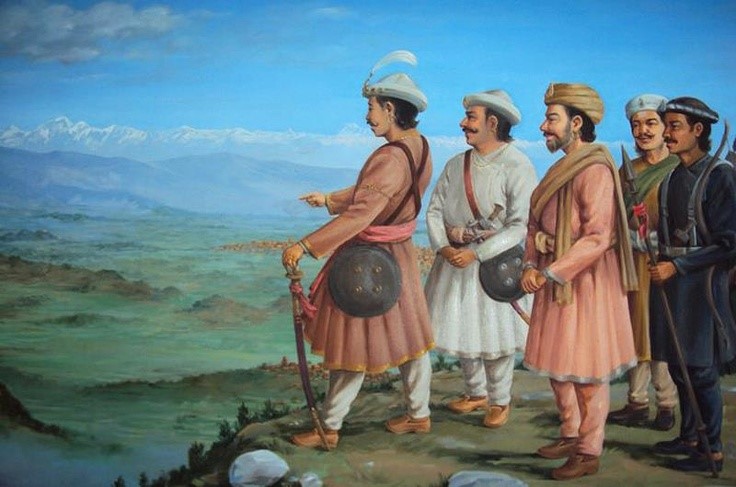
After the demise of his father, Prithvi Narayan Shah ascended the throne of Gorkha at the age of 20 on April 3, 1743. Before he started the unification campaign, Nepal was scattered into many small kingdoms categorised into groups of 22 and 24 states. Besides, the Kathmandu valley (Kantipur, Patan and Bhadgaon) was ruled by three Malla kings. Those principalities were disunited and involved in internal rivalry and frequent battles.
6. Economic and army reforms
Shah began his unification campaign by attacking Nuwakot first as his father also had once attacked Nuwakot but failed. The same happened with Shah as well. That defeat from Nuwakot made Shah realise the need of strengthening his soldiers’ skills, supply of weapons and unity of command. Accordingly, he went to Banaras, brought arms and ammunition and also experts on weapons to train his soldiers. Coming back, he opened weapons manufacturing workshops and provided land plots as salary to the army men. He also scaled up the economic status of Gorkha by collecting donations from 12,000 households. He also worked on diplomatic relations with different states.
After reforming the army and economic status, a year later, Prithvi Narayan Shah successfully conquested Nuwakot. The first phase of unification was completed during his lifetime. He successfully extended Nepal’s territory up to the Mechi river in the east along with conquering the three kingdoms of the Kathmandu valley.
7. A shift of the capital
After that, Shah made Kathmandu the capital of the kingdom of Nepal but not his own place, Gorkha. Prithvi Narayan Shah also named Nepal as the ‘Asal Hindustan’ translating to ‘the real land of Hindus’ as present-day north India was ruled by the Mughals (Islamic rulers). He also advised Nepalis ‘to never leave the traditional ‘dharma’ of their ancestors’.
8. The making of Divyopadesh
Towards the end of his life, he called a meeting of his advisors and assistants so as to inform everyone about the reasons for starting the unification campaign, and suggested proper plans and policies for the better future of Nepal and Nepalis. The meeting lasted for the whole day and his statements of that day were compiled as a book named Divyopadesh (the great teachings).
In Divyopadesh, he has stated, “This is not the nation gained by my trifle efforts; this is the garden of all four castes and 36 creeds, and may all be aware of this” (original: “मेरा साना दुखले आर्ज्याको मुलुक होइन यो चार बर्ण छात्तिश जात सबैको साझा फूलबारी हो सबैलाइ चेतना भया) and “If the people are sound, the nation will prosper.” (original: प्रजा मोटो भए दरबार पनि बलियो रहन्छ “).
9. Continuation of unification even after his demise
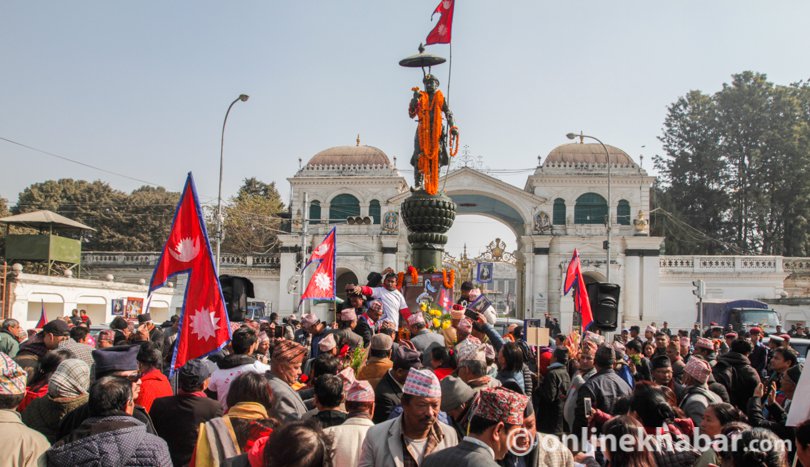
King Prithvi Narayan Shah breathed his last at Devighat on the bank of the Trishuli river in Nuwakot on January 11, 1775.
After his death, his eldest son Pratap Singh Shah continued the unification campaign and conquered Chitwan. But, he died soon. After that, his son Rana Bahadur Shah ascended the throne. He was a minor then; hence, his mother Rajendra Laxmi took the state power in her hand as a regent and gave continuity to the unification campaign. She annexed Lamjung, Tanahun and Kaski belonging to Chubise Rajya (the group of 24 states) into the Kingdom of Nepal from 1777 to 1785.
After her death, Bahadur Shah, the youngest son of Prithvi Narayan Shah, again as a regent to Rana Bahadur Shah, continued the campaign and conquered three-fourth part of Sikkim and also extended the eastern border to the Teesta river.
He won the remaining of the Chaubise Rajya by 1787. He also conquested Jumla in Karnali. In 1790, he extended the territory in the west to the Mahakali River annexing Doti.
In the same year, he attacked Almoda, the capital of Kumaun, and annexed it. Next year, he attacked Srinagar, the capital of Garhwal and made it a subordinate state.
The unification campaign had to be stopped due to the war with Tibet.
Originally published on January 11, 2022.




